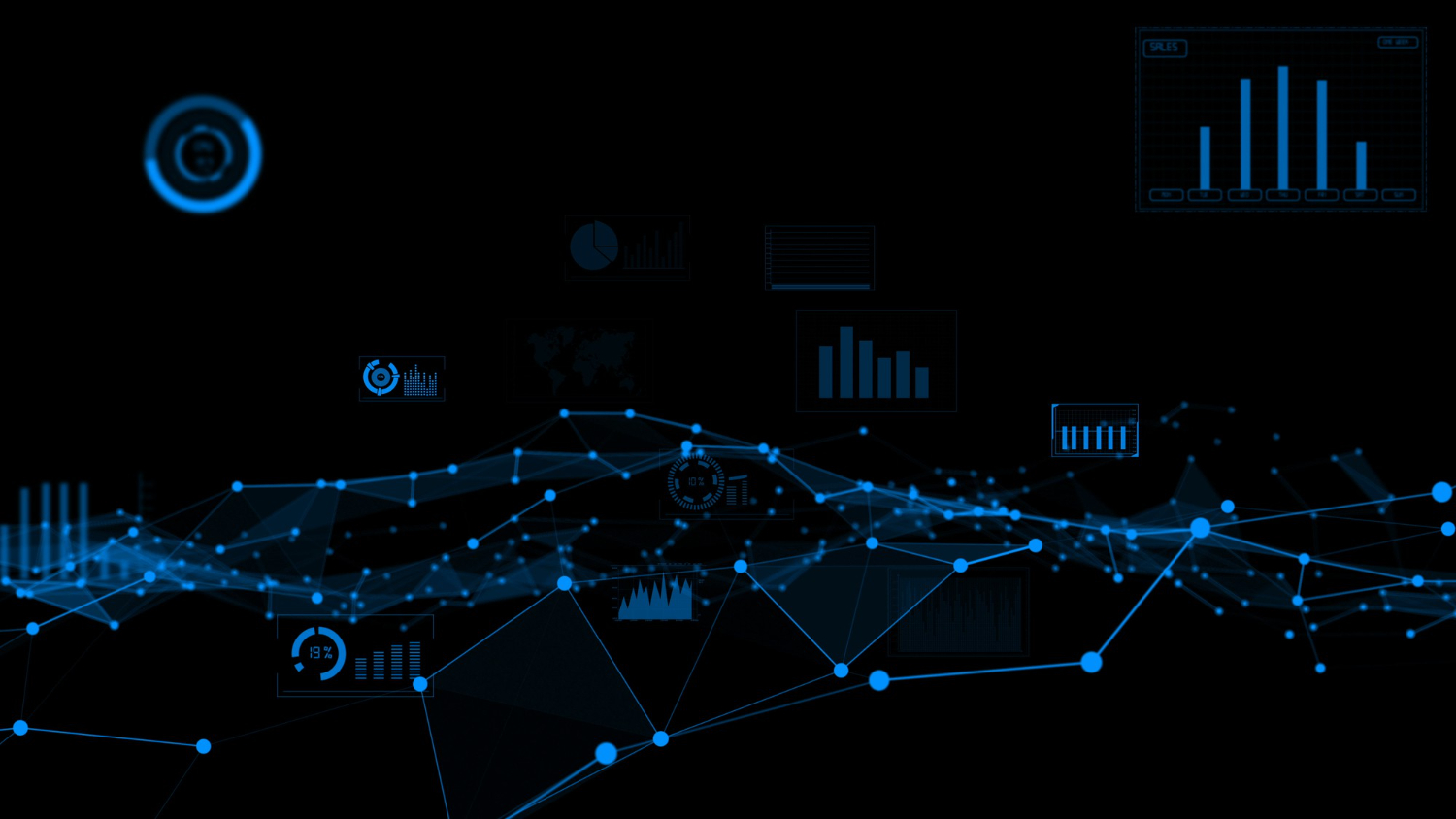A company may want to customize its data classifications to better align with its specific business needs and goals. Custom data classifications can help a company manage and protect its sensitive information more effectively. Some reasons a company might want to customize data classifications include:
- Compliance: A company may need to comply with specific regulations or industry standards that require certain types of data to be treated in a specific way. Custom data classifications can help ensure that the company is meeting these requirements.
- Data Security: Custom data classifications can help a company more effectively protect sensitive information by identifying and classifying data based on its level of sensitivity and potential risk.
- Business Operations: Custom data classifications can help a company more effectively manage and use its data by classifying it based on how it is used and who needs access to it.
- Cost savings: By classifying data based on how it is used and who needs access to it, a company can better identify which data sets can be stored in lower-cost storage options, such as archives or cloud storage, and which data sets require more expensive storage options, such as high-performance storage arrays.
- Legal or regulatory requirement: Custom data classifications can help a company to meet the legal or regulatory requirement by identifying and classifying data based on its legal or regulatory requirements.
Custom data classifications can help a company more effectively manage, protect, and use its data while meeting its specific business needs and regulatory requirements.
How do you customize data classifications?
Customizing data classifications typically involves a multi-step process that includes the following steps:
- Identify the data: The first step in customizing data classifications is to identify all of the data that the company has and where it is stored. This may involve cataloging data in different systems and applications, such as databases, file servers, and cloud storage.
- Assess the data: The next step is to assess the data by evaluating its sensitivity, value, and potential risk. This may include determining the types of information that are contained in the data, such as personal information, financial data, or trade secrets.
- Define the classifications: Once the data has been identified and assessed, the next step is to define the custom classifications that will be used to categorize the data. This may include creating different levels of classification, such as public, internal, and confidential, or creating specific classifications based on the types of data, such as customer data, financial data, or intellectual property.
- Implement the classifications: After the custom classifications have been defined, the next step is to implement them. This may involve modifying existing systems and applications to support the new classifications or creating new systems to manage and protect the data.
- Train employees: Once the classification system is in place, it's important to train employees on how to use the classifications and how to protect the data accordingly. This will ensure that data is handled and stored properly and that employees understand the importance of protecting sensitive information.
- Monitor and review: Finally, it's important to monitor and review the custom data classifications on a regular basis to ensure they are still meeting the company's specific needs and that they are aligned with the latest regulations and best practices.
It's important to note that customizing data classifications can be a complex and time-consuming process that requires careful planning, execution, and ongoing management. Companies may want to work with experts in data management and security to help design and implement the data classification system.
Can you automate custom data classifications?
Automating custom data classifications is possible, and there are a few ways to do it. Some ways to automate the process include:
- Data Discovery and Classification Software: There are several data discovery and classification tools that can help automate the process of identifying and classifying data, including Data Sentinel. These tools use machine learning algorithms to analyze data and assign custom classifications based on predefined rules and policies. They can automatically identify sensitive information such as credit card numbers, social security numbers, and other personal identification data and classify it as sensitive.
- Data Governance Platforms: Data governance platforms can automate data classification by using a combination of rules, policies, and machine learning algorithms to automatically classify data based on predefined criteria. These platforms can also automatically apply data protection measures, such as encryption, access controls, and data retention policies, based on the classification of the data.
- Data Loss Prevention (DLP) solutions: DLP solutions can automatically classify and protect sensitive data by identifying and monitoring for sensitive information. They can be configured to detect sensitive data based on predefined policies and automatically apply protection measures such as encryption, access controls and data retention policies.
- Cloud Services: Some cloud service providers, such as Amazon Web Services, Microsoft Azure and Google Cloud Platform, offer automated data classification solutions that can classify and protect data stored in their cloud services.
While automation can help streamline and simplify the data classification process, it is not a replacement for human oversight and review. Automated systems should be regularly monitored and reviewed to ensure that they are accurately classifying data and that they are aligned with the company's specific business needs and regulatory requirements.
In summary, automating custom data classifications is possible and can be done through the use of data discovery and classification tools, data governance platforms, DLP solutions, and cloud service providers. These tools can help to classify and protect sensitive data based on predefined rules and policies, but it's important to ensure that the automated systems are regularly monitored and reviewed for accuracy and compliance.
Data Sentinel automates the process of discovering and classifying your data, and allows complete classification customization for those organizations that need it. Data Sentinel learns your data and can support unlimited classification customization.



.svg)

.svg)
.svg)





.svg)